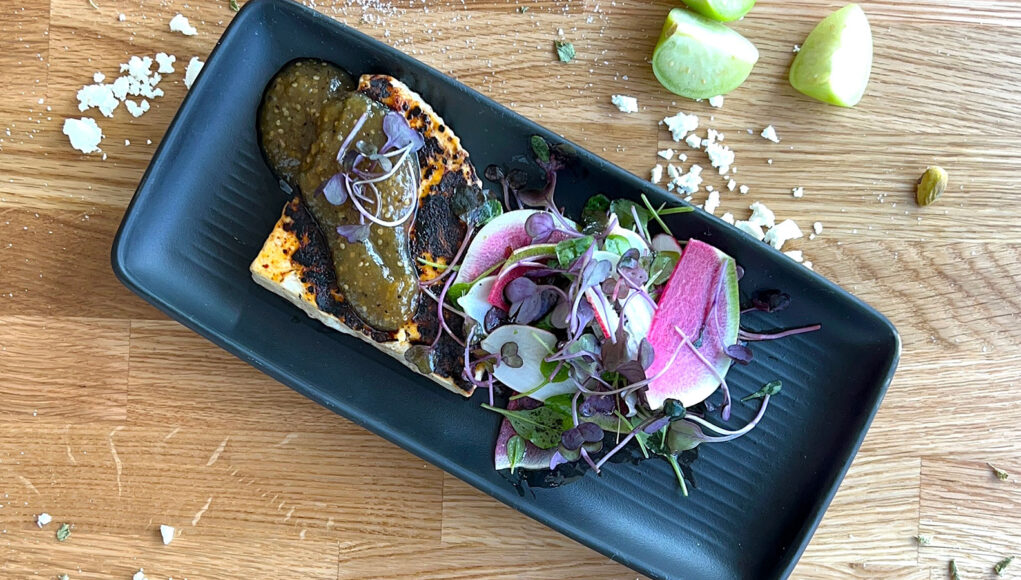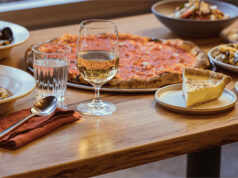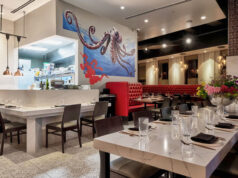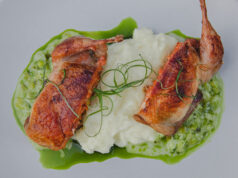Lorena and Carlos Vidrio grew up in the restaurant business, first with their father’s food truck (before food trucks were cool, and were referred to as ‘roach coaches’) in L.A. This planted the first seedling of his dream to own a taqueria. Though his offerings from the food truck would surely make the Eater Top 10 list today, back in the 80s, such kitchen vehicles were frowned upon and lacked the ordinances to make them legitimate.
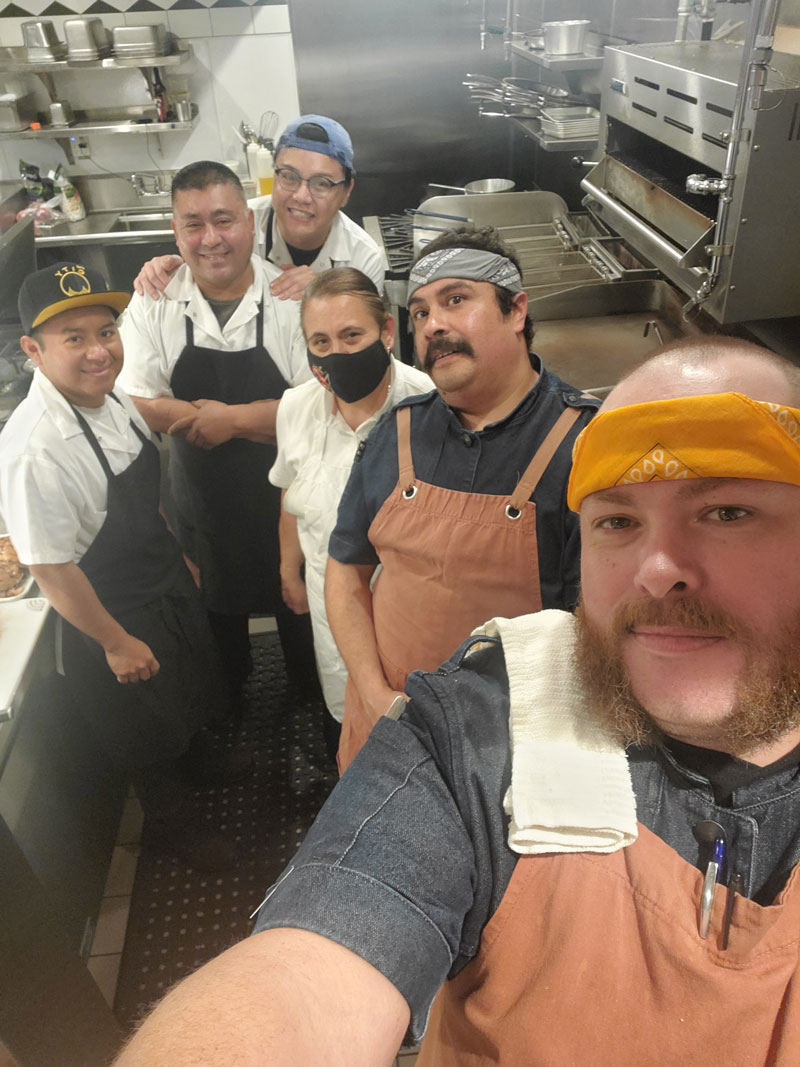 After an arduous hands-on build in San Jose at 854 N. 14th Street, Jose and Carmen (Lorena and Carlos’ parents), opened Taqueria Lorena offering high-level, authentic tacos and the kind of quality Mexican food that soon ignites by word of mouth. Jose’s dream had come to fruition, so much so that a sister venue would be opened on North 13th Street.
After an arduous hands-on build in San Jose at 854 N. 14th Street, Jose and Carmen (Lorena and Carlos’ parents), opened Taqueria Lorena offering high-level, authentic tacos and the kind of quality Mexican food that soon ignites by word of mouth. Jose’s dream had come to fruition, so much so that a sister venue would be opened on North 13th Street.
Sadly, in 2013 a fire took down Taqueria Lorena, which at that point had become an iconic destination. Due to the recession at that time, it was not possible to resurrect Taqueria Lorena and the venue remained shuttered for nearly a decade. During this period, Lorena and Carlos attended culinary school at the International Culinary Center in Campbell, CA. Lorena interned at Che TJ’s, and Carlos at Alexanders by the Sea. Ten years was also the gestation time for Lorena’s dream to take flight; to open a modern and innovative Mexican restaurant in the space of her family’s former restaurant.
Acopio (meaning together or to gather) opened in January 2022. With a jaw-dropping, authentic yet deeply dynamic and contemporary menu, and a sleek Aztec-influenced, modern design, Acopio, helmed by talented Executive Chef Marshall Reid with Carlos as ‘asistente de comida’ and Lorena creating the desserts and handling administrative duties, has all the makings of a food destination hot spot.
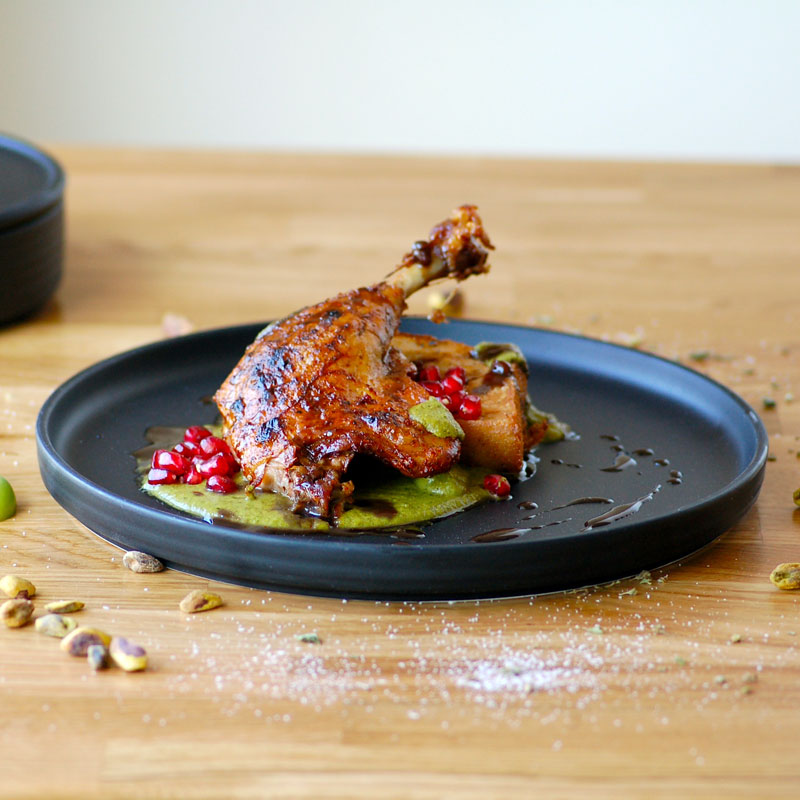
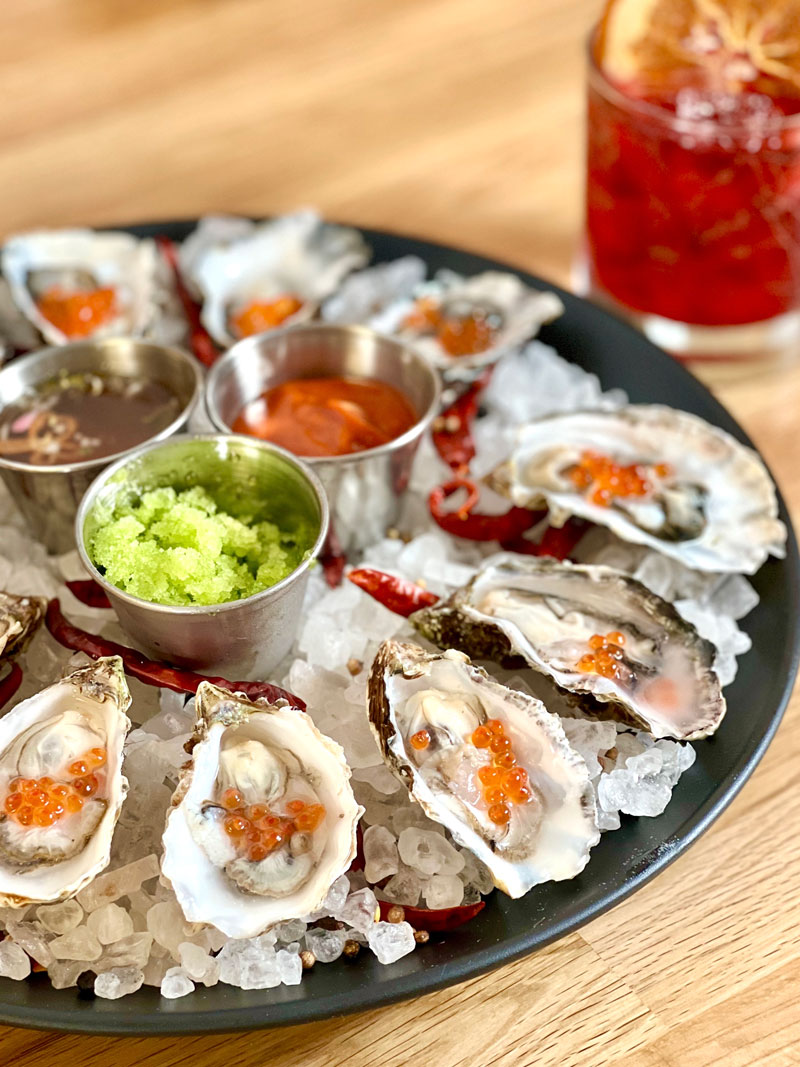 Chef Marshall Reid’s menu, overflowing with creative spins on many of Lorena and Carlos’ cherished family recipes with nods to Carmen’s family who owned a tortilla factory, and Jose’s mothers and aunts, who are exceptional cooks who catered celebratory events back in Colima Mexico, entices and beguiles with Panela a la Plancha-grilled panela cheese, chile salt, tomatillo jam and radish salad; Mole de Pistachio con Pato—chile adobo duck confit; and Callos Incrustados con Chicharron—chicharron crusted scallops, roasted poblano crema, baby fennel, and guajillo-fumet foam.
Chef Marshall Reid’s menu, overflowing with creative spins on many of Lorena and Carlos’ cherished family recipes with nods to Carmen’s family who owned a tortilla factory, and Jose’s mothers and aunts, who are exceptional cooks who catered celebratory events back in Colima Mexico, entices and beguiles with Panela a la Plancha-grilled panela cheese, chile salt, tomatillo jam and radish salad; Mole de Pistachio con Pato—chile adobo duck confit; and Callos Incrustados con Chicharron—chicharron crusted scallops, roasted poblano crema, baby fennel, and guajillo-fumet foam.
The menu also benefits from an equally captivating bar program by David Pagan and includes cocktail pairing suggestions such as La Ex with pineapple jalapeño-infused tequila, house pickled pineapple, jalapeño and cilantro oil, or the La Fogata with amaras verde, bourbon, house-made cinnamon syrup and black walnut bitters, or the Bebida
Prohibida–Gem & Bolt mezcal, lime, passion fruit, house chamoy and chile salt. This, along with the vibrant menu, solidifies Acopio’s aspirations to take the family business to a whole other realm of restaurant.
Despite the high-level culinary nature of Acopio, its chief mission is, as in the name of the venue, ‘to bring people together.’ The neighborhood surrounding Acopio, which Lorena describes as ‘ungentrified’–code for still culturally-stimulating, is filled with a diverse collection of blue and white-collar workers and craftsmen; a mixed community that isn’t overwhelmingly (or annoyingly) affluent. Therefore, it is key to the team that their restaurant remains accessible and inviting.
An interesting aspect of the conversation percolating from Acopio’s innovative riffs on Mexican traditional cooking are the debates between the clientele, who appreciate the menu but feel compelled to get into the proverbial ‘what is authentic’ line of polite interrogation.
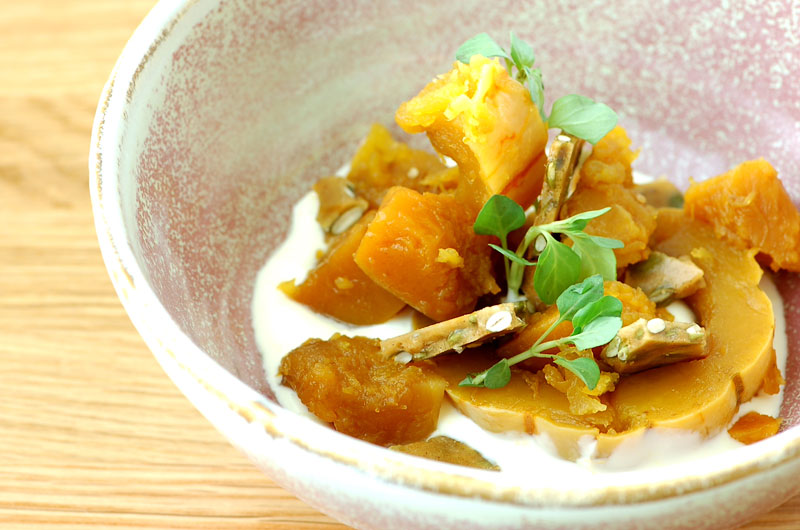 Chef Marshall, a former professional trombone player with a talented Southern comfort food grandmother, comments,’ In Oaxaca there are like a thousand different types of mole and everybody makes it a little bit differently. People like to say ‘authentic’ or ‘inauthentic,’ but that differs from family to family and from town to town. You grow up down the street from a friend and go over to the other friend’s house for dinner, and his grandma makes her family’s authentic mole, and the other grandma will be like,’ No. That is not authentic. You have to put cloves in it! Ideally, people are accustomed to using what they have available’. Chef Marshall adds, ‘There are many legends surrounding the invention of mole. For instance, Oaxaca and Puebla in Mexico claim to create it. One legend alleges that nuns at a convent in Puebla created the dish in a panic from what few ingredients they had due to the impending visit of an archbishop. They served it with roasted turkey. A further story dates back to Mesoamerica when Moctezuma served it to Cortés when he arrived in Mexico, mistakenly thinking he was a god. Either way, the origins will likely remain a mystery, given that the first written recipes for mole only existed after the War of Independence in 1810.
Chef Marshall, a former professional trombone player with a talented Southern comfort food grandmother, comments,’ In Oaxaca there are like a thousand different types of mole and everybody makes it a little bit differently. People like to say ‘authentic’ or ‘inauthentic,’ but that differs from family to family and from town to town. You grow up down the street from a friend and go over to the other friend’s house for dinner, and his grandma makes her family’s authentic mole, and the other grandma will be like,’ No. That is not authentic. You have to put cloves in it! Ideally, people are accustomed to using what they have available’. Chef Marshall adds, ‘There are many legends surrounding the invention of mole. For instance, Oaxaca and Puebla in Mexico claim to create it. One legend alleges that nuns at a convent in Puebla created the dish in a panic from what few ingredients they had due to the impending visit of an archbishop. They served it with roasted turkey. A further story dates back to Mesoamerica when Moctezuma served it to Cortés when he arrived in Mexico, mistakenly thinking he was a god. Either way, the origins will likely remain a mystery, given that the first written recipes for mole only existed after the War of Independence in 1810.
Lorena, who spent many childhood summers in Colima, Mexico, with brother Carlos at her grandparent’s rustic ranch by the sea, observing her grandmother and aunts make their own cheese, butcher, and create sumptuous feasts for their private catering business, offers, ‘ If you think about it, Mexican food is rooted in so many ingredients, so many dishes melding many cultures that have never stopped evolving. Mole is one of the examples that, throughout history, has so many variations and components. Mole, which means ‘sauce,’ cannot come from just one culture because so many ingredients are involved. It’s just a huge mixture of ingredients that create a sauce. Mole is iconic for our culture. Our mole at Acopio is in tune with this.
Our objective is to take things slow; make sure that we’re capable of handling whatever popularity comes our way. We don’t want to grow so quickly that we can’t handle it. We’re going to grow into it and can’t wait for that success. At the same time, we’re figuring out all the little nuances and challenges that still to this day come up. We adjust as we go. I also think because we’re doing something that’s a little bit too edgy for some people, who feel like Mexican food should only be ‘traditional,’ that a little bit of
education is necessary to make sure that people
understand that we’re trying to move forward not recreate traditions that are already well done in so many other restaurants.’








